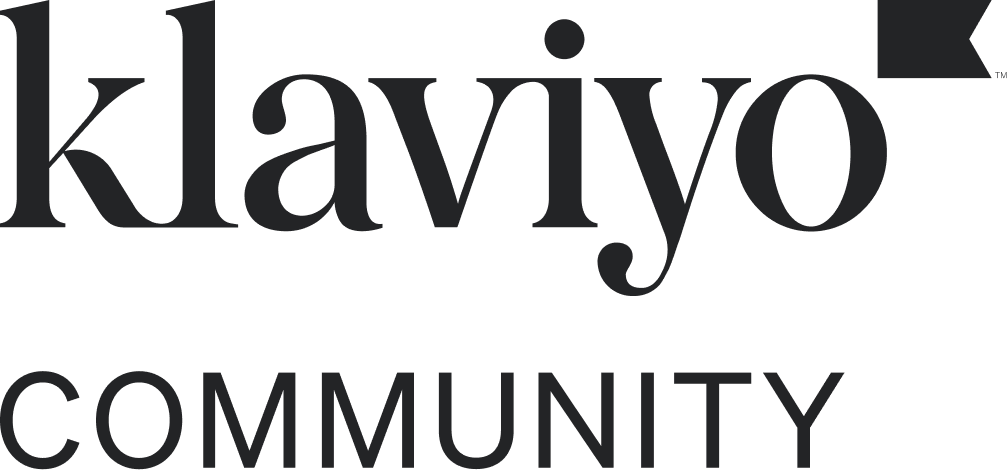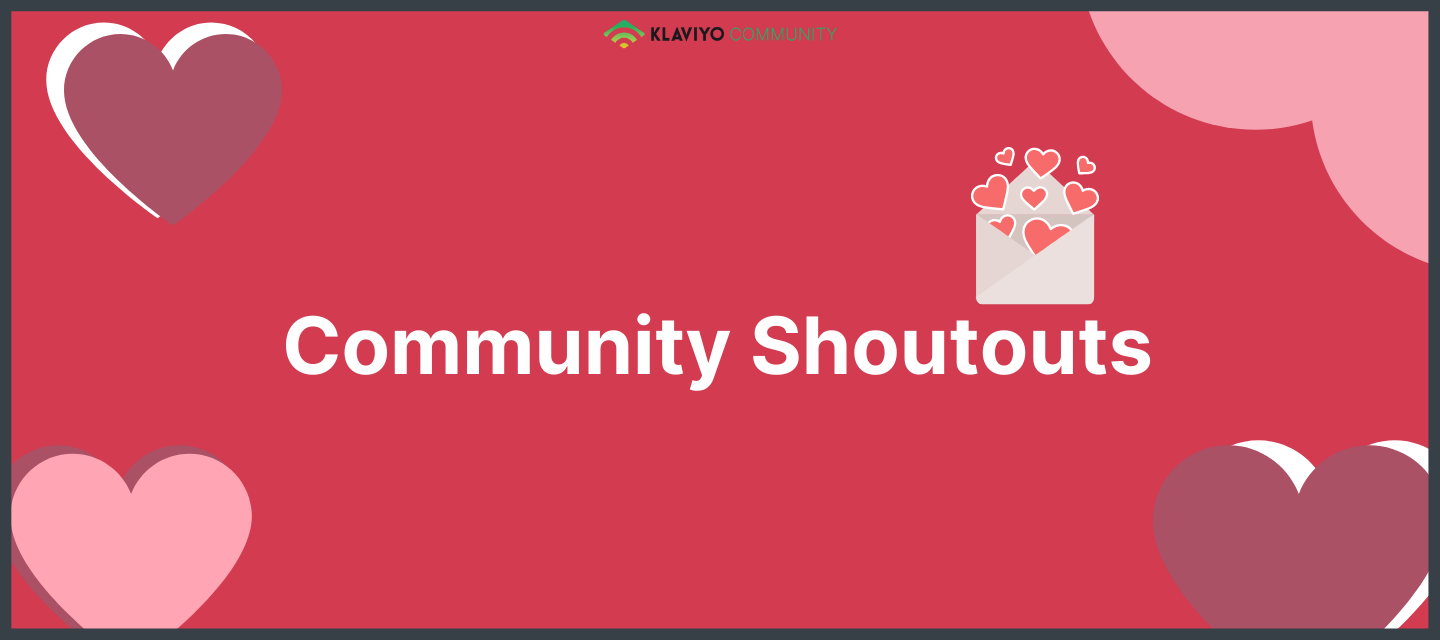![]()
![]() Happy Valentines Season Everyone! I’m sure it’s not that much of a secret by now, but you all are our special valentines and we are absolutely head over heels for our Community members!
Happy Valentines Season Everyone! I’m sure it’s not that much of a secret by now, but you all are our special valentines and we are absolutely head over heels for our Community members! ![]()
![]()
![]()
Speaking of things near and dear to our hearts this lovey-dovey season, our mission is to nurture an inclusive platform for inspiration, strategic advice, and meaningful collaboration. What makes our Community special is the ability for our users to engage in peer-to-peer support and offer solutions or best practices to others looking for answers or advice.
We want to celebrate and give a Community Shoutout to users who are embodying this collaborative and helpful spirit by going out of their way to offer guidance to others in our Community!
A big thanks to these users:
@bricatfree @Travis @Spark Bridge Digital LLC @vitbarreto @cdetdi
![]() Hot Tip
Hot Tip ![]() : Check out
: Check out
![]() Question to the Community
Question to the Community ![]() : What are some of your favorite and efficient ways to collect important customer information?
: What are some of your favorite and efficient ways to collect important customer information?
XoXoXo,
Chloe, David, Dov, Stephen, Alex and Taylor



![[Academy] SMS Strategy Certificate Badge](https://uploads-us-west-2.insided.com/klaviyo-en/attachment/2f867798-26d9-45fd-ada7-3e4271dcb460_thumb.png)






